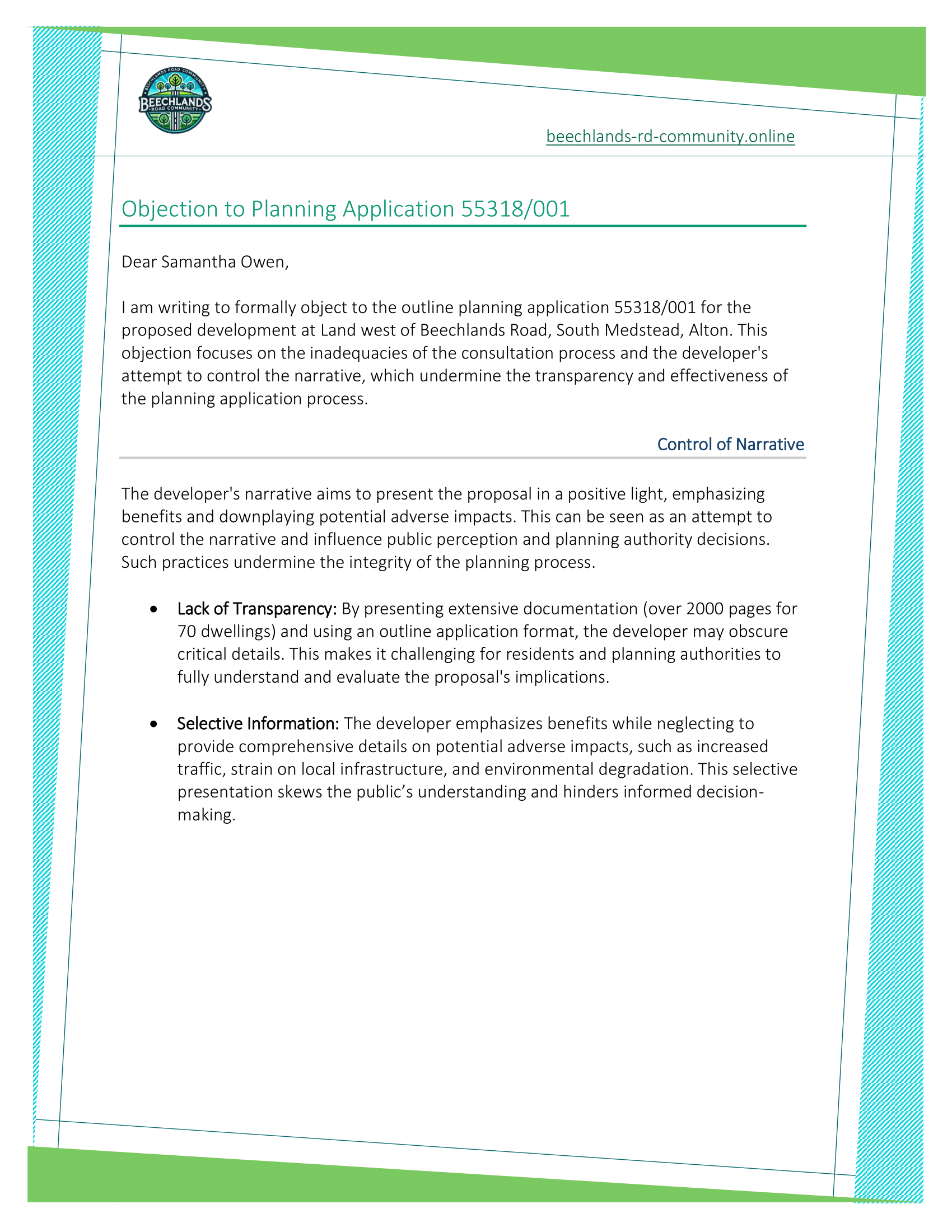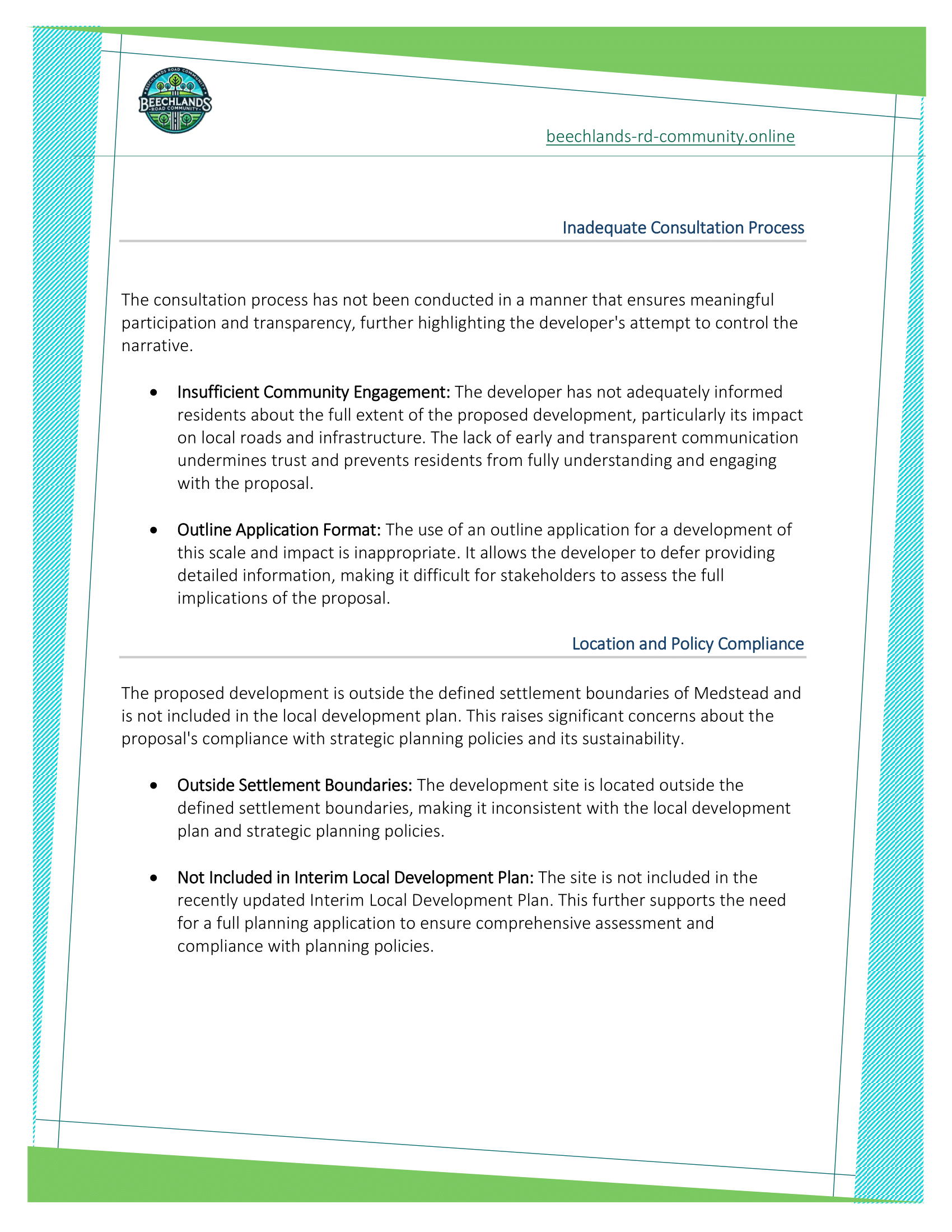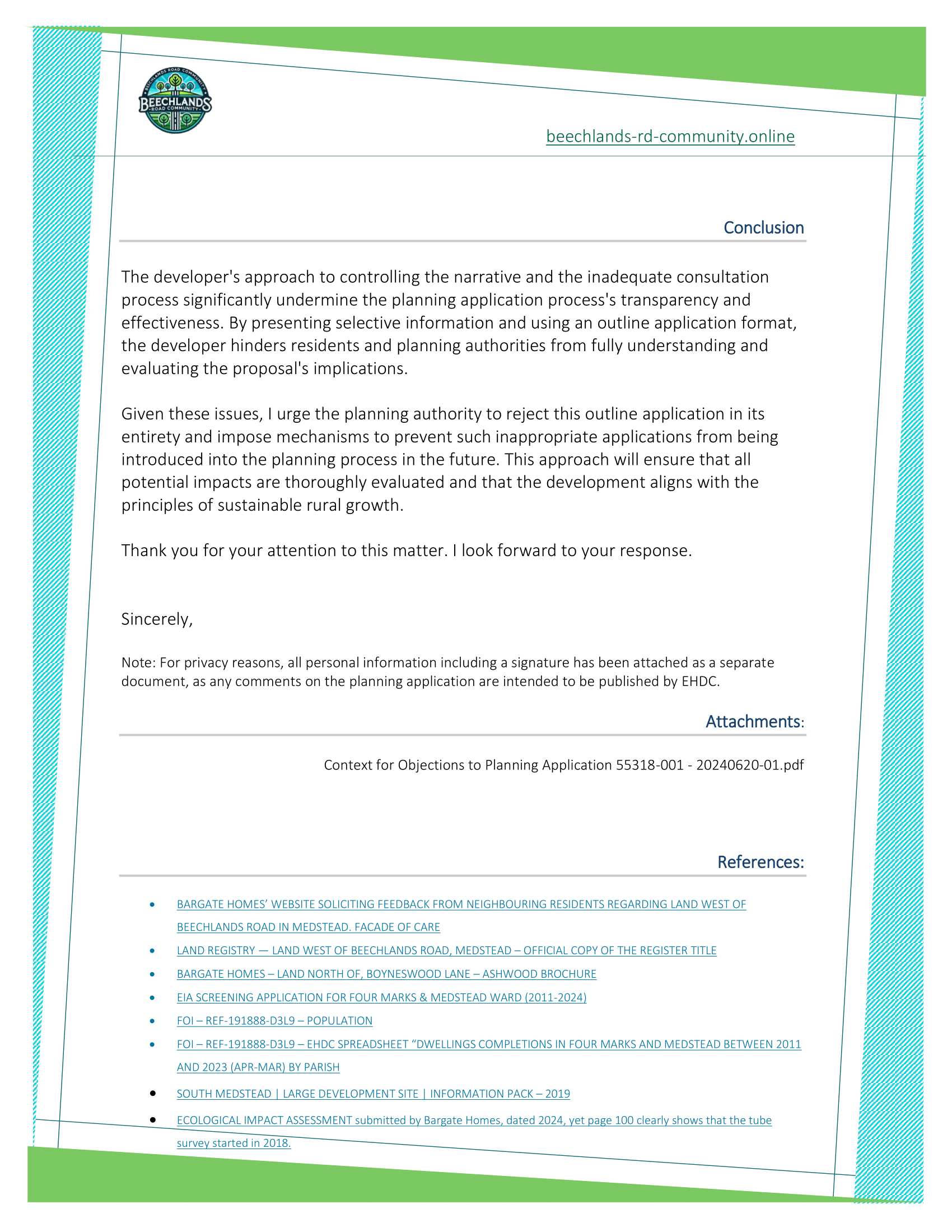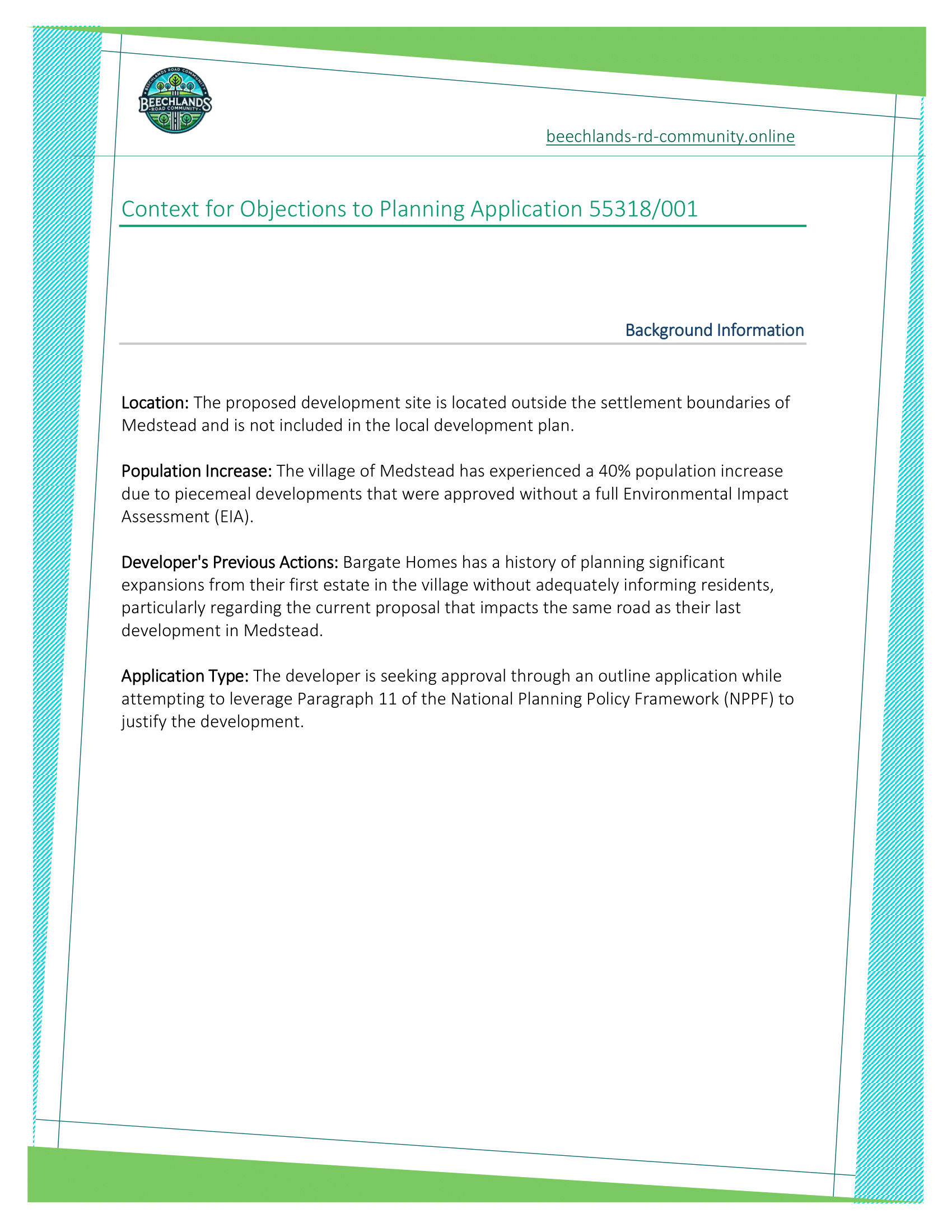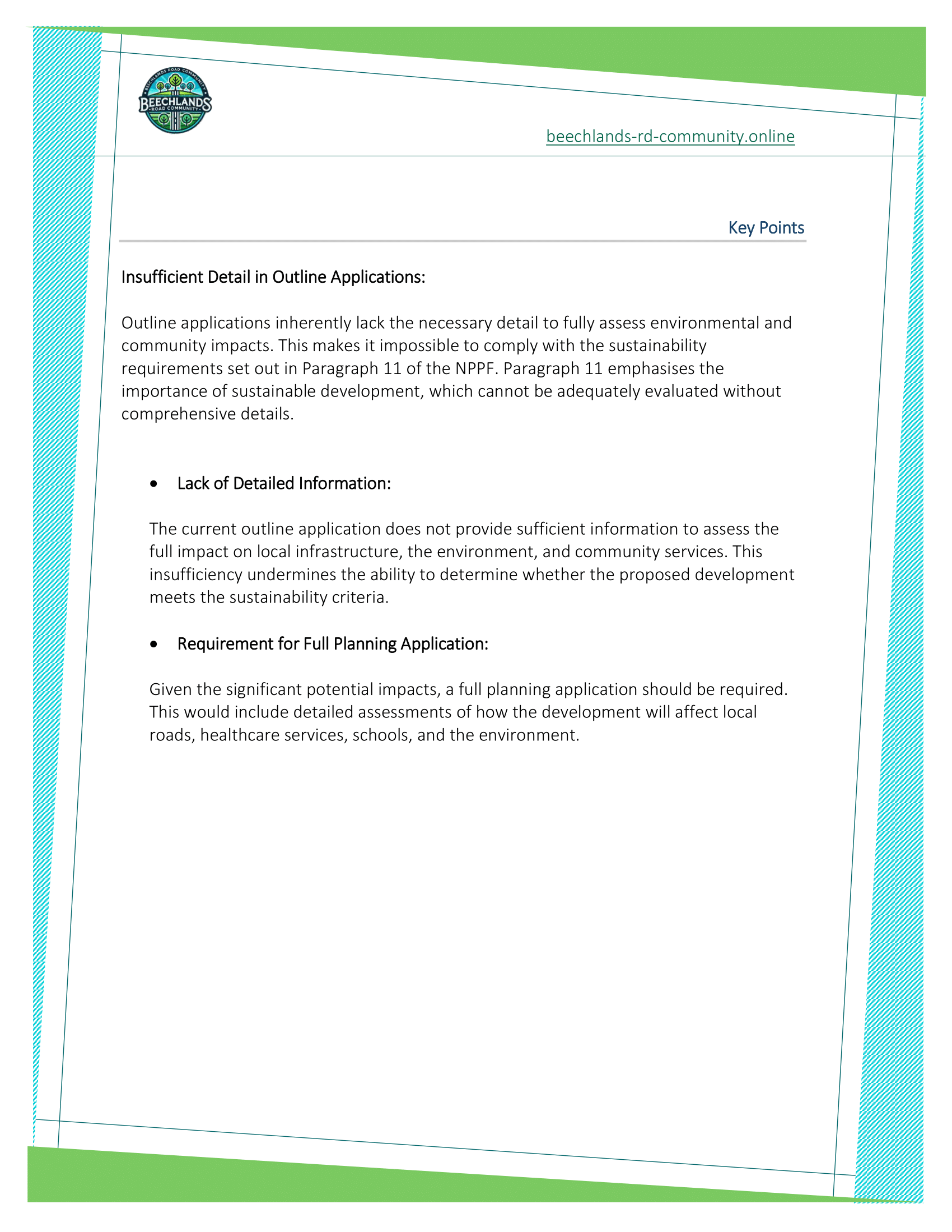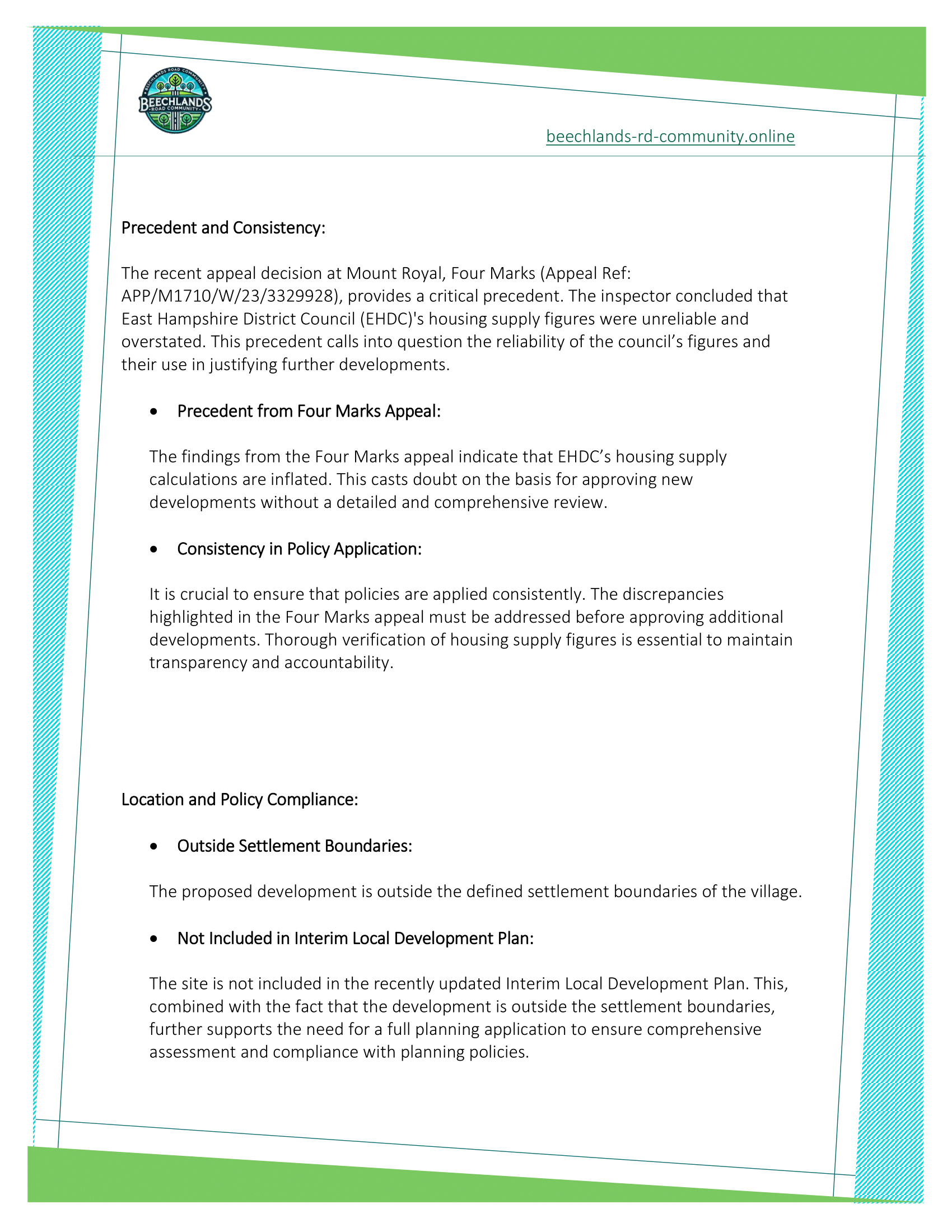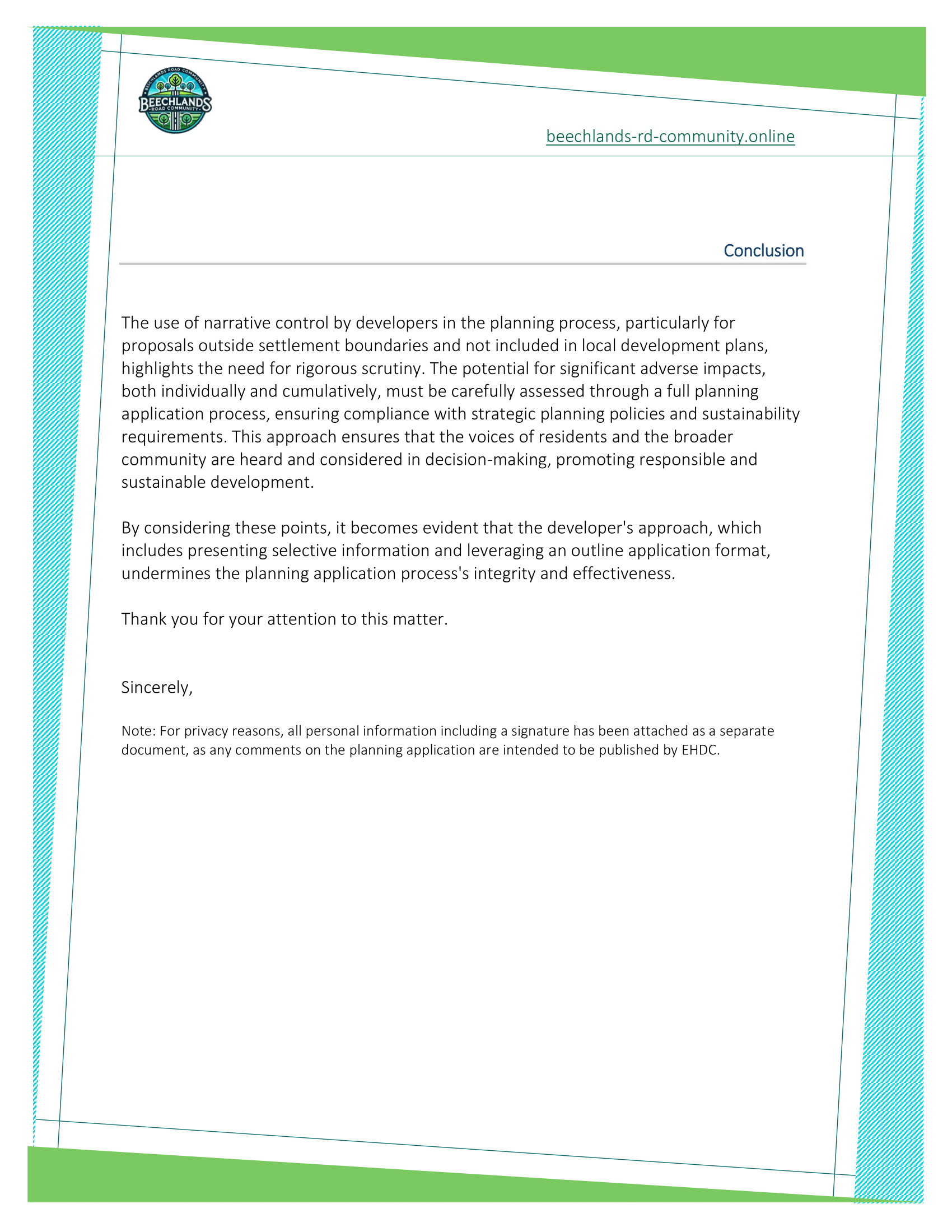Landscaping in Root Protection Areas (SGN 12)
What aspects should be evaluated in relation to this document?
ENVIRONMENTAL IMPACT
Review Landscaping Practices:
Ensure the document includes guidelines for landscaping within RPAs that support biodiversity and environmental sustainability. The use of native plants and sustainable practices should be prioritised.
DESIGN AND APPEARANCE
Assess Aesthetic Integration:
Evaluate how the proposed landscaping will enhance the visual appeal of the development. Landscaping should complement the design and provide aesthetic value.
RESIDENTIAL AMENITY
Consider Community Benefits:
Assess how the landscaping plans will benefit residents, providing green spaces for recreation and improving the overall quality of life. Ensure that the landscaping is designed to be accessible and usable for all community members.
